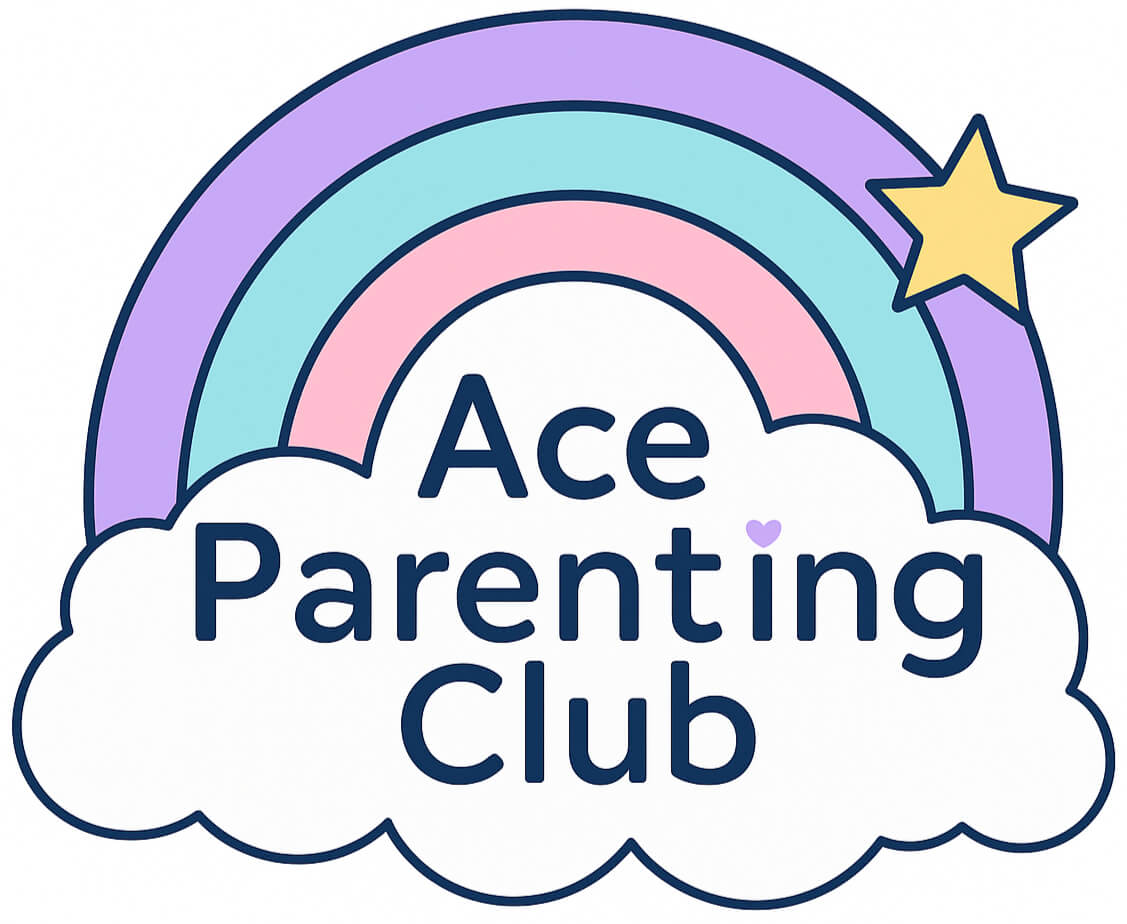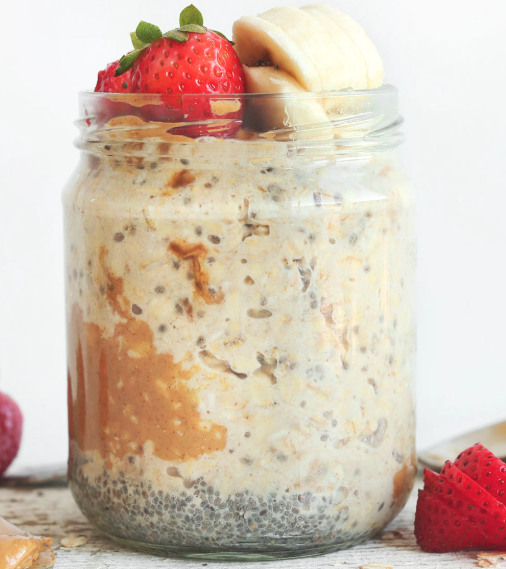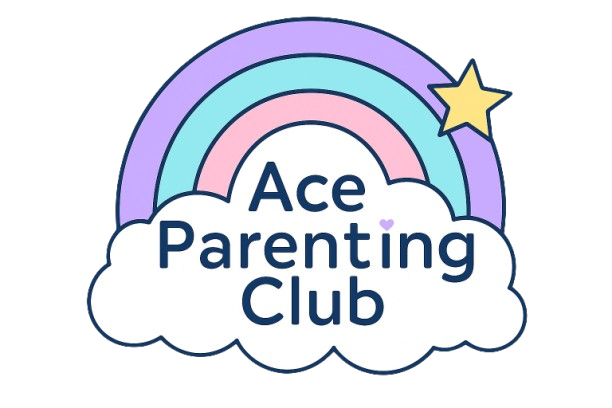Wondering how to start breastfeeding and not sure what to expect? You’re not alone. Breastfeeding may be natural, but that doesn’t mean it always comes easily.
I’ve breastfed both of my children, and honestly, it took time, support, and a lot of trial and error to get the hang of it. These are the five things that helped me most, lessons I learned the hard way, and I hope they give you a confident start whether you’re still pregnant or already in the thick of those newborn feeds.
1. A Good Latch Is the Foundation of Successful Breastfeeding

Getting the right latch is one of the most important things to learn when you begin breastfeeding. A shallow or poor latch can lead to sore nipples, low milk transfer, and frustration for both you and your baby.
A good latch should feel like a strong tug, not a pinch. Your baby’s mouth should cover most of the areola, with lips flanged outward and the chin touching your breast. A deep latch also helps your baby reach the fattier hindmilk, which comes later in a feed and supports healthy weight gain and longer stretches of sleep.
If your nipples hurt or look compressed after a feed, it’s worth getting help. A midwife, health visitor, or certified lactation consultant can make a world of difference.
Helpful Tip: Always bring your baby to your breast rather than leaning toward them. Use a breastfeeding pillow or support for comfort.
2. Breastfeeding Positions Can Make or Break Your Experience
When I first started, I thought there was only one way to breastfeed: cradle hold, sitting up, sore back. It turns out there are several positions you can try, and the best one is the one that works for you and your baby.
Common positions include:
- Cradle hold: Most familiar, good for older babies
- Football hold: Ideal for C-section recovery or larger breasts
- Side-lying position: Perfect for night feeds and resting
- Laid-back position: Baby-led and gravity-supported
I found a breastfeeding cushion really helped take the pressure off my back and arms, especially during those longer cluster feeds. In those early weeks, when you feel like you’re feeding around the clock, being comfortable made a huge difference. When I felt more supported, I could actually relax and focus on my daughter.

Helpful Tip: Switch sides at each feed to help balance milk supply and reduce soreness.
3. Feed Your Baby on Demand and Trust the Process
One of the biggest shocks for me was just how often newborns want to feed. Breastfeeding every two to three hours is common, but it’s normal for babies to feed more frequently, especially in the evening when cluster feeding happens.
Feeding on demand means offering the breast whenever your baby shows early hunger cues, like:
- Rooting
- Sucking on hands
- Restlessness
This is how your milk supply is built and regulated. It’s a supply-and-demand system, and your baby is doing exactly what nature designed.
Helpful Tip: If you’re worried about low milk supply, check for enough wet and dirty nappies and weight gain rather than just how often your baby feeds.
4. Take Care of Your Body While Breastfeeding
Breastfeeding is seriously hard work—your body is running a marathon every day to keep up with your baby’s needs. When I was feeding my two kids, I quickly learned that staying nourished and hydrated wasn’t just about milk supply; it was about keeping my own energy up so I didn’t feel like a zombie by noon.
When I was breastfeeding, I quickly learned that what I ate made a big difference in how I felt. Some of my breastfeeding staples were:
- Oats: They kept me full and gave me energy, plus I swear they helped my milk supply. I’d make overnight oats with a handful of nuts or some fruit—easy to prep and comforting first thing in the morning or before bed.
- Nuts and seeds: I always kept a little jar of almonds or mixed seeds nearby for quick snacks between feeds—something to grab that wouldn’t leave me feeling heavy.
- Leafy greens: Spinach and kale made their way into almost every meal, whether in smoothies or scrambled eggs. They helped me feel like I was giving my body the good stuff it needed.
- Eggs and lean proteins: Protein helped keep me full and supported recovery after birth. I’d make simple meals like boiled eggs, grilled chicken, or beans on toast.
And hydration? Oh my goodness, don’t underestimate it. I always had a big water bottle right next to my feeding chair and tried to sip throughout feeds. When you’re in the middle of a cluster feed, it’s easy to forget, but your body needs that water to keep the milk flowing and to keep you feeling decent.
Helpful Tip: If you ever feel wiped out, try eating small, protein-packed snacks like nut butter on toast or Greek yogurt with berries throughout the day instead of waiting for big meals. It made a huge difference in keeping my energy up.
5. Know When to Ask for Help
With my first baby, I waited too long to get help because I thought struggling was normal. It isn’t. If breastfeeding hurts, your baby isn’t gaining weight, or you feel unsure, speak up.
You can get support from:
- Midwives and health visitors
- Lactation consultants (IBCLC)
- Peer support groups
- Breastfeeding helplines
No question is too small. No concern is silly. You are not meant to figure this out alone.
Helpful Tip: Many areas offer free breastfeeding support groups or drop-in clinics. Attending one can give you practical tips and emotional reassurance.
Our Final Thoughts
Breastfeeding isn’t always easy, but it is absolutely worth it. These five core lessons helped me breastfeed two babies through teething, growth spurts, night feeds, and everything in between.
There’s no “perfect” way to breastfeed. What matters most is what works for you and your baby. Be gentle with yourself, lean on your support network, and remember that every feed no matter how small is an act of love.
Frequently Asked Questions About Breastfeeding
A good latch should feel like a firm tug rather than pain. Your baby’s mouth should cover most of the areola, with lips flanged outward. If it hurts or your nipple looks misshapen after feeding, it’s likely a poor latch.








